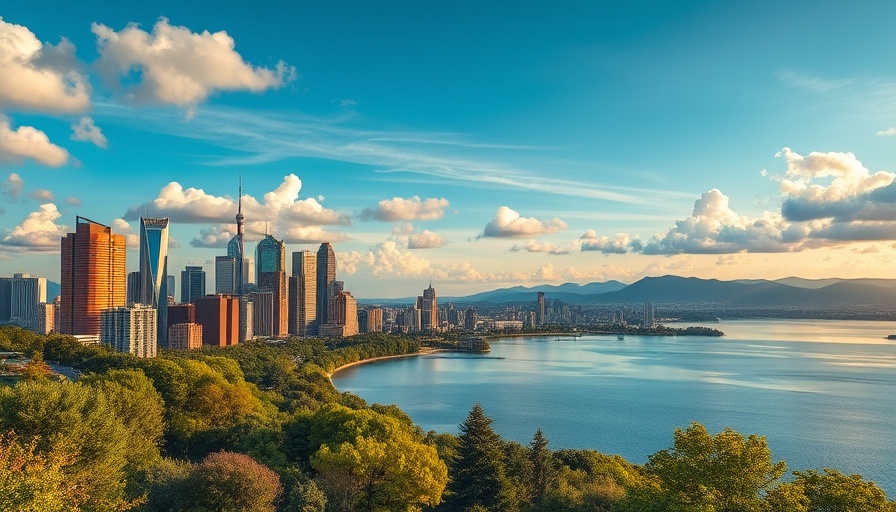
The Rise of District Heating: A Pathway to Energy Efficiency
In an era where sustainability has become crucial, energy efficiency in our cities is more important than ever. District heating systems, capable of providing heat and hot water from a centralized energy source, have emerged as an eco-friendly solution. As over 50% of energy consumption in the EU originates from building heating and cooling, it’s essential to explore how these systems can reshape our approach to urban energy needs.
Understanding District Heating
District heating, commonly referred to as heat networks, embodies a system where heat is generated in central plants and delivered to multiple buildings through a network of insulated pipes. This is akin to how a home’s heating system works, but on a much larger scale. Instead of each building depending on its separate boiler, entire neighborhoods benefit from shared heating solutions. Besides heating, this concept can also extend to cooling through district cooling systems (DC), enabling efficient climate control across urban spaces.
How District Heating Works
The core of district heating lies within its components. At the heart is the thermal power station, generating the necessary heat or cool air, often fueled by renewable energy sources, fossil fuels, or biomass. The distribution network, which consists of underground pipes, allows for the efficient transfer of heated water to residential and commercial buildings. The provision of thermal transmission substations ensures that the delivered energy matches the specific heating demands of each building. This careful orchestration minimizes energy waste and enhances efficiency.
The Environmental Impact
District heating represents around 10% of the EU’s heating needs but is positioned to grow significantly as cities aim to meet decarbonization targets. These systems can effectively integrate renewables, such as solar thermal and geothermal energy. Considering the growing importance of eco-friendly energy products, these networks are paving the way toward a cleaner future.
Why Smaller Green Businesses Should Embrace District Heating
For boutique hospitality professionals—from small hotel owners to Airbnb hosts—integrating district heating enables not only an eco-friendly energy setup but also a reduction in operational costs. Think of how these systems can apply to eco-lodges, offering heating solutions sourced from local renewable sources, thereby not only aligning with sustainability goals but also attracting eco-conscious guests.
Future Opportunities in District Heating
As more municipalities explore energy-efficient HVAC systems and modern smart lighting solutions, district heating stands out as a proven method to decrease carbon emissions. The trend toward combining heating and cooling in a singular system can conserve energy and resources significantly. Moreover, the rise of smart cities—where everything from transportation to accommodations is interconnected—could enhance the effectiveness of district heating further.
Conclusion: Transitioning to a Greener Future Together
District heating isn’t just a solution; it’s a movement toward sustainable living. For those in the boutique hospitality space, embracing this technology can elevate your business’s energy efficiency and appeal to a growing demographic of eco-minded travelers. Let this journey begin in your local community, inspiring others to follow suit, ultimately creating a collective effort towards energy-efficient living.
 Add Row
Add Row  Add
Add 




Write A Comment